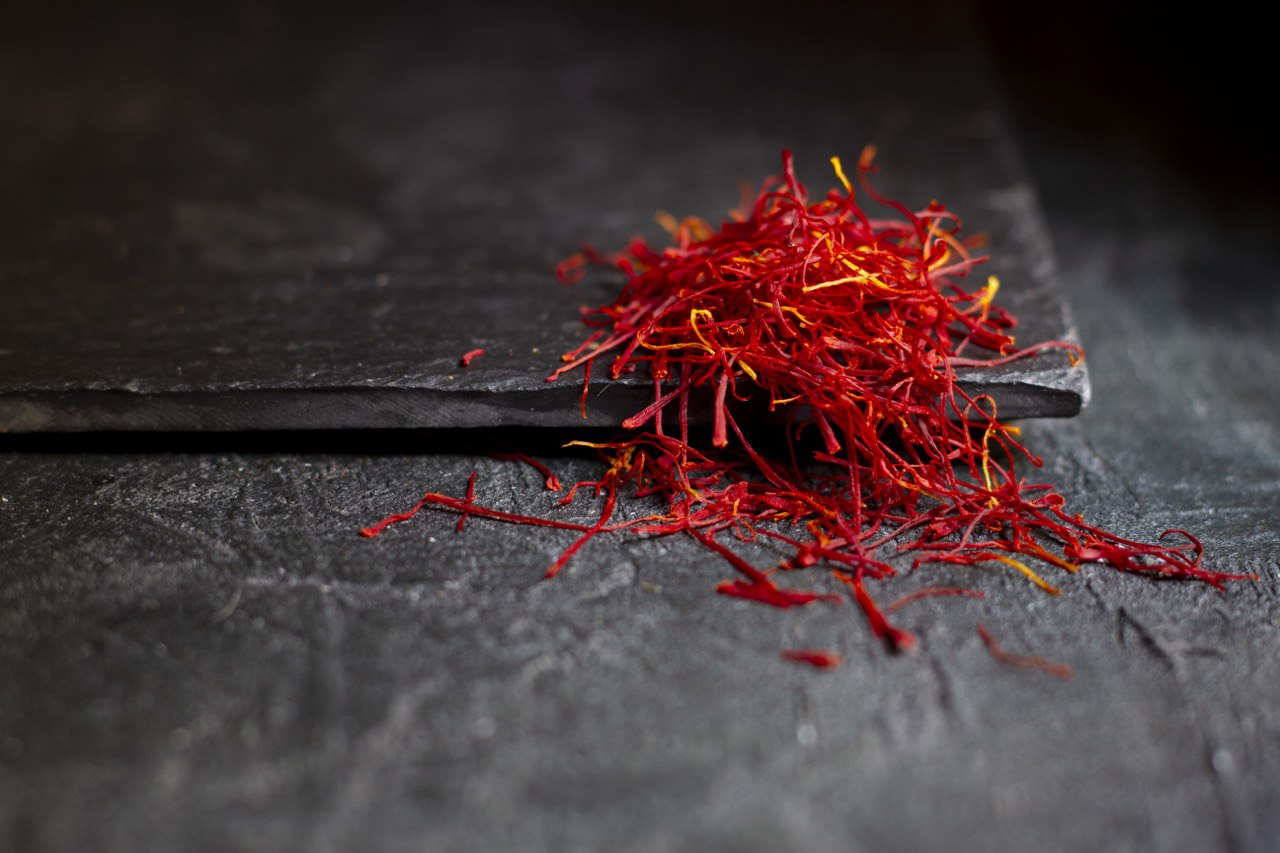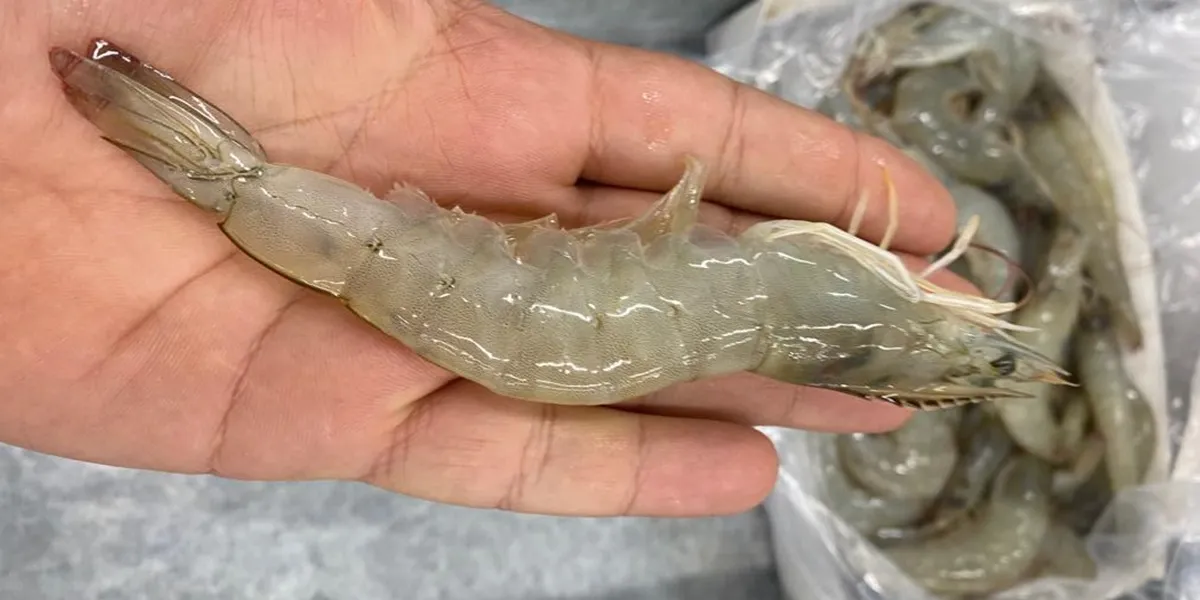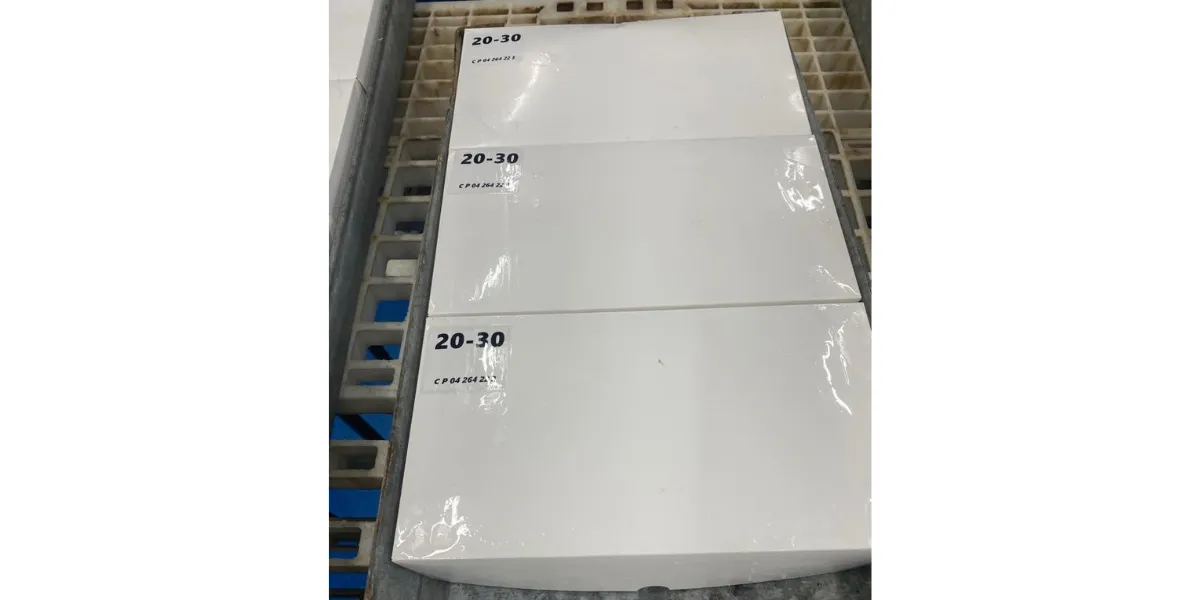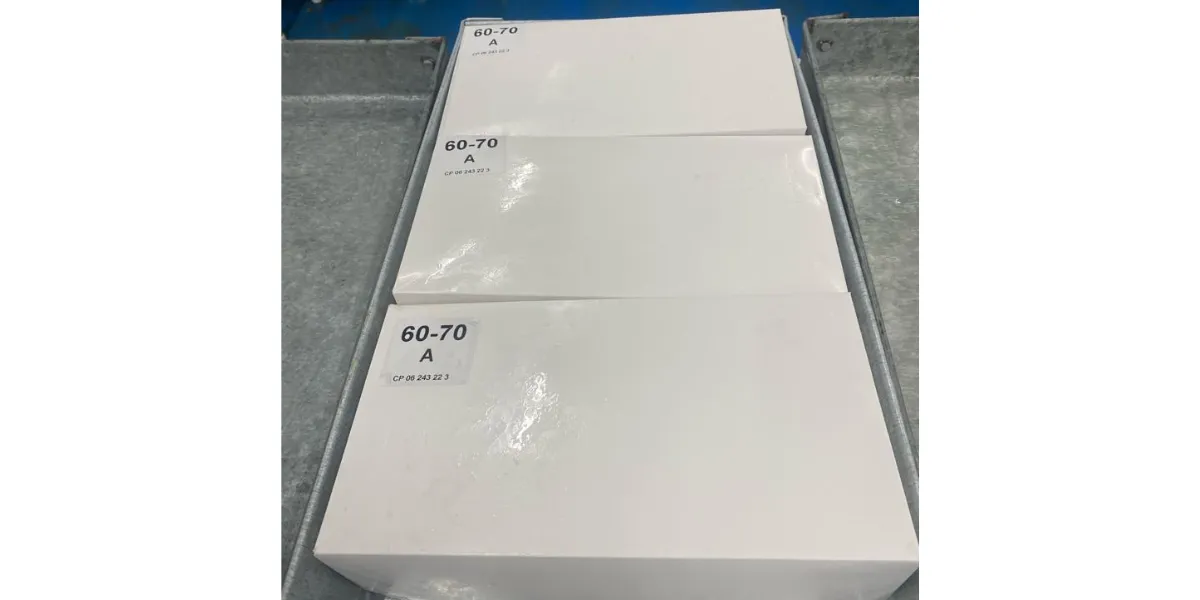Saffron is one of the most valuable spices in the world, with a market price that can reach up to $5,000 per kilogram. This high value makes it a prime target for fraud. Studies show that up to 50% of saffron sold globally is adulterated or fake, posing significant risks for businesses that rely on pure, high-quality saffron. Fake Saffron is often mixed with dyed flower petals, synthetic chemicals, or even strands of corn silk, making visual identification difficult.
For companies and intermediaries purchasing saffron in bulk, ensuring authenticity is not just about quality—it’s about protecting their business reputation and avoiding financial loss. Methods like water tests, UV analysis, and chromatography have proven effective in distinguishing real saffron from counterfeits. However, many buyers are still unaware of the scientific techniques that can safeguard their purchases.
This guide provides evidence-based methods, industry-backed insights, and practical tips to help businesses verify saffron authenticity. If you’re serious about purchasing real saffron and avoiding costly mistakes, keep reading to learn the most effective ways to detect fake saffron before it’s too late.
1. Understanding Saffron Authenticity: Why It Matters for Buyers
Saffron is known as “red gold”, a title that reflects both its high value and its vulnerability to counterfeiting. The global saffron market is estimated to be worth $1.6 billion, and due to this economic significance, fraudulent practices are widespread. In 2022, a study published in the Journal of Food Science and Technology revealed that nearly half of saffron samples from unregulated sources contained artificial colorants and plant-based adulterants.
For businesses, purchasing fake saffron can result in major financial losses, damaged reputation, and potential legal consequences. Low-quality or adulterated saffron affects flavor, potency, and shelf life, making it unsuitable for industries such as pharmaceuticals, cosmetics, and high-end culinary applications.
Moreover, international regulations, such as the ISO 3632 standard, classify saffron based on its crocin (color), picrocrocin (bitterness), and safranal (aroma) levels. Companies that fail to source authentic saffron may struggle to meet these quality benchmarks, leading to product recalls or rejected shipments. Understanding saffron authenticity is not just about avoiding fraud—it’s about ensuring business stability, customer trust, and regulatory compliance.
2. Visual Inspection: What Genuine Saffron Looks Like
One of the simplest yet most effective ways to detect fake saffron is through visual inspection. Authentic saffron strands are deep red with a slightly darker tip, indicating natural oxidation. Fake saffron, on the other hand, may appear too uniform in color, suggesting artificial dyeing.
A 2021 study by the Iranian Food and Drug Administration found that more than 30% of saffron labeled as “pure” in local markets contained artificially colored petals from flowers such as marigolds and safflowers. Real saffron strands have a distinct trumpet shape, while fake versions are often flat or curled.
Another key identifier is texture. Genuine saffron strands are dry and brittle when crushed, whereas fake or adulterated saffron can feel soft or sticky, often due to the presence of added sugar, glycerin, or moisture to increase weight.
Additionally, businesses should be wary of powdered saffron, as it is easier to adulterate. Mixing turmeric, paprika, or even synthetic dyes into saffron powder is a common fraudulent practice. When purchasing saffron, inspecting the strands carefully and avoiding overly uniform or overly moist samples can help eliminate low-quality products.
3. Water Test: The Scientific Way to Identify Fake Saffron
The water test is one of the most accessible and reliable ways to distinguish real saffron from fake. When placed in warm water (50–60°C), genuine saffron slowly releases its color over 10 to 15 minutes, while fake saffron immediately colors the water, indicating the presence of artificial dyes.
A 2020 study published in the Journal of Food Chemistry confirmed that real saffron retains its shape in water, whereas counterfeit saffron strands break apart or dissolve due to chemical adulteration. The same study also found that pure saffron turns water a golden-yellow hue, while fake versions often produce a reddish or orange tint.
Another effective test is the stirring method. If you stir real saffron in water, the strands should remain intact. Fake saffron, especially those made from dyed plant materials, tend to disintegrate or lose texture quickly.
For businesses handling bulk saffron purchases, conducting water tests on random samples before large transactions can significantly reduce the risk of fraud. Combining this test with UV fluorescence analysis—where real saffron glows a dull orange while fake saffron may fluoresce brightly—provides an additional layer of verification.
By integrating these scientific testing methods into procurement processes, businesses can avoid financial losses and maintain the integrity of their saffron supply chain.
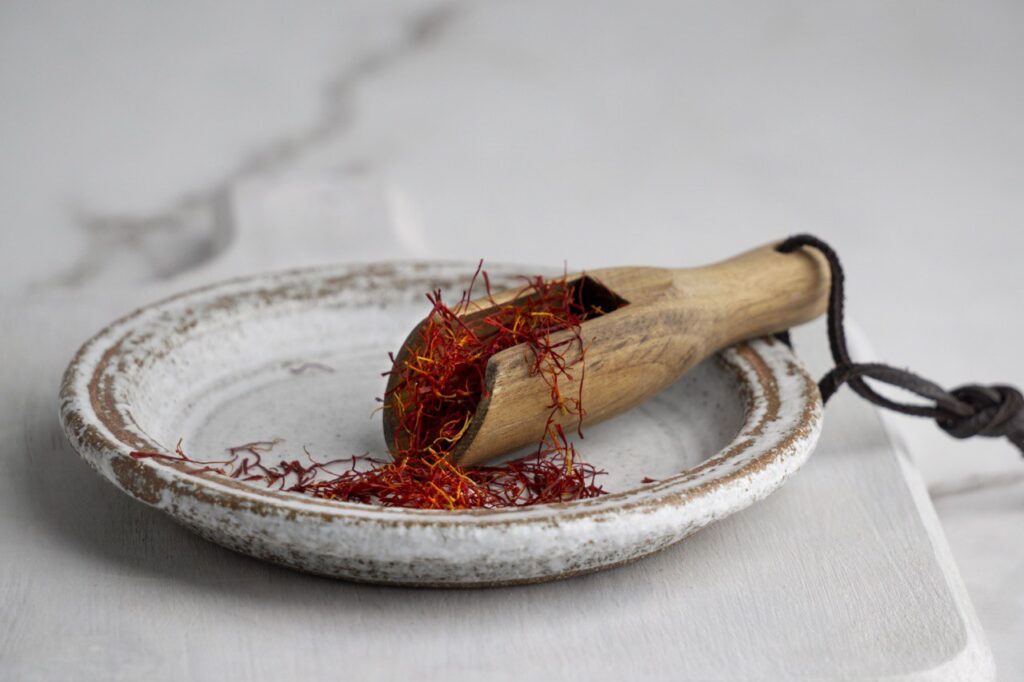
4. Aroma & Taste: The Sensory Profile of Real Saffron
One of the most reliable ways to verify saffron authenticity is through its aroma and taste. Genuine saffron has a distinct, earthy, and slightly honey-like fragrance, with hints of hay or dried grass due to its safranal content. Fake saffron, however, often lacks this complexity and may have an artificially sweet or chemical-like odor due to added fragrances.
A 2022 study by the Spanish Institute of Food Science found that high-quality saffron contains up to 2.5% safranal, which is responsible for its unique scent. In contrast, adulterated saffron had significantly lower safranal levels or none at all.
When tasted, real saffron is slightly bitter but not overwhelmingly so. If the strands have a sweet taste, it’s a red flag indicating the presence of sugar, honey, or other additives meant to increase weight. Additionally, chewing a saffron strand should leave a slightly dry, herbal aftertaste. Fake saffron, especially those dyed with synthetic colors, may stain the tongue or leave a chemical taste.
For businesses, sensory evaluation should be part of the quality control process. Trained saffron buyers often rub a few strands between their fingers to release the aroma and check for any unusual or artificial scents. Conducting small-scale taste tests before bulk purchases can prevent costly mistakes.
5. Chemical Analysis: Lab Tests for Verifying Saffron Purity
For companies dealing with large-scale saffron procurement, laboratory testing is the most foolproof method to detect adulteration. Scientific analyses focus on three key compounds:
- Crocin (responsible for color)
- Picrocrocin (responsible for taste)
- Safranal (responsible for aroma)
According to ISO 3632 standards, pure saffron should have a crocin content of at least 190, picrocrocin above 70, and safranal between 20-50. A 2021 report by the European Food Safety Authority (EFSA) revealed that 30% of saffron imports tested had crocin levels below 150, indicating dilution with other materials.
Advanced methods such as High-Performance Liquid Chromatography (HPLC) and UV-Vis Spectroscopy allow for precise measurement of these compounds. Additionally, Thin Layer Chromatography (TLC) can detect synthetic dyes, which are often used to enhance the color of low-quality saffron.
For businesses, partnering with accredited laboratories or investing in portable spectroscopy devices can ensure consistent quality control. Buyers should always request lab reports when sourcing saffron from new suppliers.
ques is essential to avoid fraud. Suppliers should be carefully vetted, and random quality checks should be performed to ensure authenticity.
6. Packaging & Source: How to Choose a Reliable Supplier
One of the biggest indicators of authenticity is packaging and sourcing. Reputable suppliers package saffron in airtight, transparent containers with clear labeling, including:
- ISO 3632 certification
- Batch number and harvest date
- Country of origin
A 2021 report by the Global Saffron Trade Association found that nearly 70% of fake saffron comes from markets where traceability is weak. Iran, Spain, and India are the largest producers, but buyers should verify the supply chain before making bulk purchases.
Companies should always request documentation, including lab test results, import certificates, and supplier audits. Buying saffron directly from farms or certified cooperatives reduces the risk of fraud.
7. Certifications & Traceability: Ensuring Your Saffron’s Authenticity
International certifications provide a benchmark for saffron quality. The most recognized standards include:
- ISO 3632: Classifies saffron based on purity and chemical composition.
- HACCP Certification: Ensures food safety and hygiene compliance.
- Organic Certification: Guarantees no synthetic chemicals or additives were used.
According to a 2022 FAO report, businesses that source saffron from certified suppliers reduce the risk of fraud by 80%. Digital traceability systems, such as blockchain tracking, allow buyers to verify the saffron’s journey from farm to consumer.
For companies purchasing in bulk, working with suppliers who provide full traceability reports is crucial. If a supplier cannot provide certification details, it’s a red flag.
8. Buying Tips: How Businesses Can Safeguard Their Purchases
To avoid fraudulent saffron, businesses should adopt best purchasing practices:
- Request lab tests before committing to large orders.
- Buy from ISO 3632-certified suppliers.
- Avoid extremely low prices, as they often indicate fraud.
- Use sensory and water tests for quick verification.
- Sign contracts with quality assurance clauses.
A study by the International Spice Council found that companies that implement strict quality control protocols reduce their fraud risks by up to 90%. By combining scientific testing, supplier vetting, and certification verification, businesses can ensure they are purchasing only genuine saffron.
9. Case Studies: Real Examples of Fake Saffron Scams
Several high-profile saffron fraud cases highlight the risks businesses face:
- Spain, 2020: Authorities seized 2.5 tons of fake saffron dyed with synthetic chemicals.
- India, 2021: A report found that over 30% of saffron in street markets contained safflower petals.
- United States, 2022: A major supplier was fined $1.2 million for selling low-grade saffron mixed with turmeric powder.
These cases emphasize the need for due diligence. Businesses must remain vigilant, use scientific verification methods, and partner only with reputable suppliers.
By staying informed and applying evidence-based testing techniques, companies can protect themselves from financial loss and maintain a trustworthy saffron supply chain.
Protecting Your Business from Fake Saffron
Saffron fraud is a growing issue in the global spice trade. With the high price and increasing demand, dishonest sellers continue to introduce adulterated products into the market. A study conducted by the European Commission’s Joint Research Centre (JRC) found that over 60% of saffron samples tested from different markets contained some level of adulteration.
For businesses, identifying real saffron is not optional—it’s a necessity. By implementing scientific validation methods such as spectroscopy, chemical analysis, and supplier verification, companies can protect their investments and ensure they are delivering premium-quality saffron to their customers. Investing in laboratory testing and buying only from certified suppliers with ISO 3632-compliant products can significantly reduce the risk of fraud.
Ultimately, the key to securing authentic saffron lies in education, diligence, and leveraging modern testing techniques. Companies that prioritize these practices will not only safeguard their financial interests but also gain a competitive edge in the industry. If authenticity matters to your business, start applying these verification methods today.

